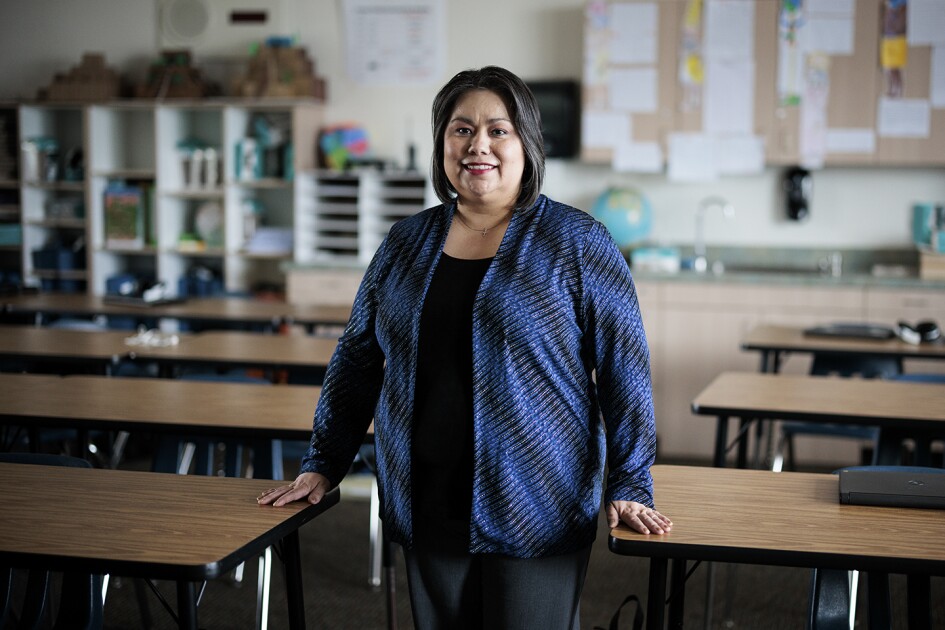A decision to expand Oregon’s classification system for school sports has caused such an uproar among school districts that the state superintendent will try to resolve the dispute. Still, the issue may go to court.
In October, the delegate assembly of the Oregon School Activities Association, which represents 287 member schools, voted 30-1 to expand the enrollment-based classifications from four leagues to six. That means that a 1,525-student high school, for example, would switch from being in the 4A league, now the largest, to the 6A league.
The new system would take effect this September.
The assembly approved the change to minimize travel time and costs for schools and level the competitive balance within the leagues, said Steve Walker, the sports director of the Wilsonville, Ore.-based OSAA.
“They felt that they were leveling the playing field,” he said of the delegates. “The vast majority of the schools are on board with this plan.”
But larger districts, such as Eugene, Salem-Keizer, and Medford, disagree. They say the change would actually increase travel time and costs.
Pat Latimer, the activities and athletics director for the 17,500-student Eugene district, said that under the new system, students at two of the district’s high schools would travel 340 miles round trip for some of their games. Currently, the maximum round trip is 14 miles, he said.
Mr. Latimer estimates that the district would spend another $70,000 a year in travel costs plus $64,000 now spent. Also, he said, students could miss as many as 15 class periods because of extended travel times under the new system.
Officials of the districts and the OSAA met several times over the past few weeks—including an eight-hour hearing with their lawyers at the state education department—to seek a compromise. They failed to do so, and the parties gave their final arguments in writing to the department on May 15.
Superintendent of Public Instruction Susan Castillo has 30 days to make a decision, though a spokesman for the department said she’s expected to decide before then. Both sides, however, say that if they don’t like her decision, they may go to the Oregon Court of Appeals to plead their cases.
“To use enrollment as the only [criterion] for competitive balance is over-simplification,” Mr. Latimer said.







